Termites in Window Sill: Signs Your Windows Are Infested
Did you know that termites, especially swarmers, cause over $5 billion in property damage each year, including damage to window screens and window planter boxes in a way? I’ve seen firsthand how these pests, like termite swarmers, can turn a cozy home into a nightmare, especially when they invade window sills, leading to new termite infestation and the need for a termite exterminator to prevent termite reinfestation. It’s not just about aesthetics; it’s about the structural integrity of your home, including the sill, especially if there is an active termite infestation or a new termite infestation that requires termite treatment.
When I discovered termites in my window sill, I realized how crucial it is to act quickly. These tiny invaders can wreak havoc if left unchecked. In this post, I’ll share tips on identifying and dealing with termites effectively, especially around the sill. You’ll learn how to spot the signs early, such as termite swarmers, and protect your home, including the sill, from costly repairs.
Key Takeaways
- Regularly inspect your window sills for signs of termites, such as mud tubes or frass, to catch infestations early.
- Be aware of the common indicators of termite damage, including hollow-sounding wood, visible cracks in the frame, and damaged sill.
- If you suspect termite damage in the sill, consider consulting a pest control professional for a thorough assessment and treatment options.
- Understand that untreated termite infestations can lead to significant structural damage, emphasizing the importance of prompt action.
- Implement preventive measures like sealing cracks and maintaining proper drainage around windows to deter future infestations.
- Educate yourself about termites and their behavior to better protect your home from potential threats.
Understanding Termites in Windows
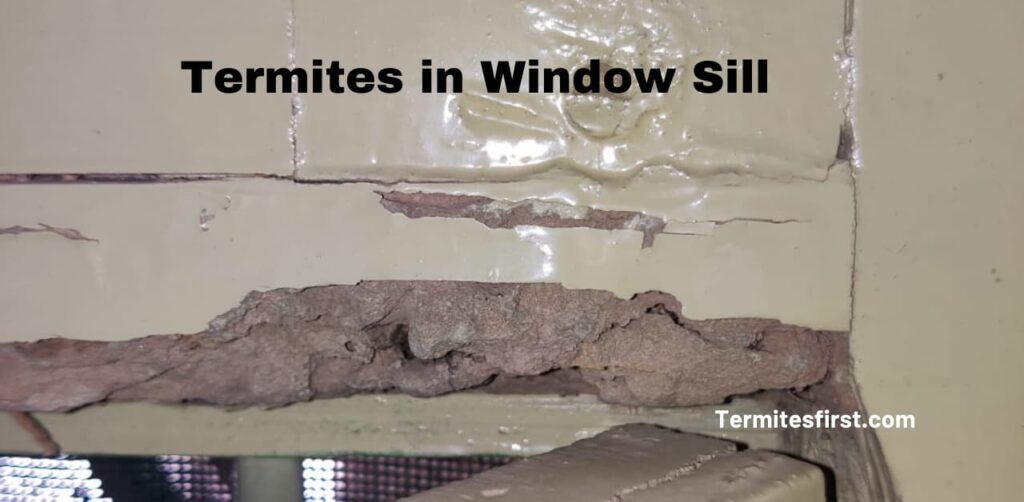
What Are Termites
Termites are wood-eating insects that closely resemble ants. They belong to the order Isoptera and live in large colonies. Each colony can consist of thousands of individuals. Their social structure includes workers, soldiers, and reproductive members.
I find termites fascinating yet alarming. Their ability to cause damage is significant. They consume cellulose found in wood, leading to structural problems. This destructive nature makes them a serious threat to wooden structures, including windows.
Why Termites Target Windows
Moisture retention in window sills acts as a primary attractant for termites. Windows often collect water from rain or condensation, creating a perfect environment for these pests. Cracks in window glazes also provide easy entry points for termites seeking shelter.
The overhangs of window sills offer protective shelter. This area can trap moisture and debris, making it an ideal nesting site for termites. I have seen how quickly they can invade if left unchecked. Regular maintenance around windows is essential to prevent infestations.
Types of Termites Found
Common types of termites include subterranean, drywood, and dampwood termites. Subterranean termites live underground and build extensive tunnels. They often invade homes through the soil near foundations.
Drywood termites inhabit dry wood and do not require contact with the ground. They can be found in furniture or structural wood within homes. Dampwood termites prefer decaying wood with high moisture content, often found in damp areas.
Each type affects window sills differently. Subterranean termites may enter through cracks at the base of windows. Drywood termites might infest wooden frames without any visible signs until significant damage occurs. Dampwood termites thrive in wet conditions, making window sills particularly vulnerable after heavy rains.
Understanding these distinctions helps homeowners take preventive measures against termite infestations. I always check my windows regularly for any signs of damage or moisture accumulation.
Signs of Termites in Window Sills

Termite Wings on Sills
Finding discarded wings is a clear sign of termite activity. These wings often appear near windows or on sills. They indicate that termites have established new colonies nearby. I once noticed these wings while cleaning my window sills. It prompted me to investigate further, which revealed a serious infestation.
Immediate inspection is crucial upon discovering these wings. Ignoring them can lead to extensive damage. New colonies can quickly grow and spread throughout the home.
Hollow Sounds in Wood
Hollow sounds from wood suggest internal damage caused by termites. Tapping on wood surfaces can help reveal these sounds. If you hear a hollow echo, it’s time to take action. I remember tapping on my window frames and hearing that unsettling sound. It was alarming but necessary to address the issue promptly.
This sound serves as a critical early warning sign of infestation. Homeowners should not overlook this indication. Early detection can save significant repair costs down the line.
Small Holes in Wood
Small holes in wooden structures signify entry points created by termites. These holes often lead to ongoing damage within the wood. Discovering even one hole should raise concerns about possible infestations. I found small holes in my window sill last summer, which led me to inspect more thoroughly.
Investigating further is essential if you notice these signs. Termites can cause severe structural issues if left unaddressed. Homeowners should take immediate action to prevent further damage.
Frass on Window Sills
Frass appears as termite droppings resembling sawdust. This substance indicates that termites are actively feeding nearby. Finding frass on or around window sills is a strong indicator of an infestation. I remember seeing frass on my sill and realizing it was time to call for professional help.
Cleaning and inspecting areas with visible frass is vital. It helps determine the extent of the infestation and whether more action is needed. Homeowners should be vigilant when they spot frass, as it signals ongoing termite activity.
Identifying Termite Damage

Chewing Sounds in Walls
I often hear stories about homeowners noticing chewing sounds in their walls. These sounds can be a clear indicator of active termite feeding. Termites, particularly drywood termites, create noise as they consume wood.
If you hear persistent chewing sounds, it’s crucial to seek a professional termite inspection. Ignoring these sounds can lead to advanced termite damage over time.
Presence of Dead and Active Termites
During inspections, I have found both dead and active termites. Each type signals an ongoing or past infestation. Dead termites may indicate that the colony is weakening, but they still highlight a previous problem.
Active termites are more concerning as they show that a current termite problem exists. Immediate action is necessary if either type is discovered. I recommend contacting termite mitigation services without delay.
Stages of Infestation
Infestations progress through stages, starting with early signs and advancing to mature infestations. Initially, small holes or frass may appear in window sills or wooden structures.
As time passes, damage escalates significantly due to colony growth. I’ve witnessed cases where untreated infestations led to severe structural issues. Early detection is vital for effective mitigation and treatment history records.
New termite infestations can develop quickly. Understanding the stages helps homeowners recognize when to act. For example, if you notice small termite holes in your window sill, it may be time for a thorough inspection. The longer you wait, the worse the damage becomes.
Effects of Termite Damage
Structural Integrity Issues
Termites can severely compromise the structural integrity of a building. They feed on wood, weakening it over time. This damage often goes unnoticed until it becomes a serious problem. Weakened wood can lead to safety hazards.
For instance, I once inspected a home where the window sill had crumbled. The owner had no idea until I pointed it out. Regular checks are essential to maintain the safety of your home. Homeowners should inspect areas where wood meets moisture. Doing so can help identify early signs of termite activity.
Cost of Repairs
Repairing termite damage can be costly. Estimates show that minor repairs may range from $500 to $2,000. However, extensive damage can escalate expenses significantly. In some cases, costs can exceed $10,000 if structural elements need replacement.
I have seen homeowners shocked at the repair bills after an infestation is discovered. Budgeting for regular inspections and treatments can prevent high costs later on. Investing in preventive measures is more economical than dealing with severe damage.
Impact on Home Value
Termite infestations can decrease property value significantly. Potential buyers often hesitate when they suspect hidden damages. A home with a history of termite issues may struggle to attract offers. I’ve noticed that homes with clear evidence of past infestations face lower bids during sales negotiations.
Buyers prefer homes without worries about structural problems or costly repairs. Proactive measures, such as routine inspections and treatments, help maintain home value. Keeping records of pest control efforts also reassures potential buyers.
Treating Termites in Window Sills
Using Store-Bought Sprays
Store-bought sprays can be effective for minor infestations. They contain chemicals that target termites directly. I have used these sprays in my home with success. Proper application is crucial. Spray directly onto the affected areas and follow the instructions on the label.
Ensure you cover all visible termites and their trails. However, caution is necessary. These sprays may not suffice for severe infestations. If you notice extensive damage or numerous termites, consider professional help.
Sealing Cracks with Caulk
Sealing cracks helps prevent termite entry. Caulking protects vulnerable areas around windows. I always check for gaps and fill them promptly. This simple step can save time and money later.
Regular maintenance is vital to keep seals intact. Inspect your window sills frequently for new cracks or wear. Repair any damage immediately to maintain a barrier against pests.
Installing Screens and Zappers
Installing screens can block insect entry points effectively. Screens on windows and vents keep flying insects out. Bug zappers are another useful tool as a deterrent. They attract and kill flying insects before they enter your home.
I noticed fewer bugs after installing zappers outside my windows. Preventive measures like these reduce infestation risks significantly. Regularly check your screens for holes or tears to ensure they remain effective.
Setting Up Dehumidifiers
Using dehumidifiers controls moisture levels indoors. Termites thrive in humid environments, so reducing humidity deters their activity. I run a dehumidifier in my basement, especially during humid months.
Regular monitoring of indoor humidity levels is essential. Aim to keep humidity below 50%. This simple action can make a difference in preventing termite problems.
Preventive Measures for Future Infestations
Regular Inspections
Routine inspections are crucial for early detection of termites. I recommend checking window sills regularly. These areas often harbor moisture, making them attractive to pests. Hiring professionals ensures thorough assessments. They have the expertise to identify hidden infestations. Early detection can save homeowners significant costs in repairs.
Homeowners should also take initiative in their inspections. Look for signs like mud tubes or discarded wings. These indicators suggest an ongoing infestation. Keeping a close eye on window sills is essential, as they can be entry points for termites.
Maintaining Dry Conditions
Keeping areas dry is necessary to prevent infestations. Termites thrive in moist environments. I’ve noticed that proper drainage and ventilation significantly reduce moisture levels. Homeowners should ensure gutters are clean and downspouts direct water away from the foundation.
Ventilation is equally important, especially in basements and crawl spaces. Installing vents can help air circulate, reducing humidity. Dry conditions make homes less attractive to termites and other bugs. Regularly checking these areas can help maintain a pest-free environment.
Using Barriers and Repellents
Physical barriers and chemical repellents serve as effective preventive measures. Installing barriers during construction can create a protective zone around the home. This method helps deter termites from entering. Chemical repellents can also be applied around the foundation.
Consulting with pest control experts is advisable for effective options. They can recommend specific products tailored to your needs. I find that understanding the right barriers makes a difference in long-term protection against termites.
Homeowners should consider both methods for comprehensive protection. Combining physical barriers with chemical treatments enhances effectiveness against infestations.
FAQs on Termites in Windows
Landlord Responsibilities for Damage
Landlords must address termite damage in rental properties. They are responsible for maintaining a safe living environment. Timely repairs are crucial to prevent further structural issues. I have seen how delayed repairs can lead to more extensive damage and higher costs.
Tenants should report signs of infestation immediately. Early detection can save money and time. Landlords appreciate prompt communication, as it allows them to take action quickly. A proactive approach benefits both parties.
Issues with Planter Boxes
Planter boxes can attract termites if placed near windows. The soil retains moisture, creating a perfect habitat for these pests. I often recommend checking the drainage of planter boxes to avoid excessive moisture buildup.
Proper placement is essential. Keep planter boxes at least 12 inches away from the foundation. Regular maintenance helps reduce the risk of attracting termites. Remove dead plants and debris that could serve as food sources for these pests.
Can Termites Enter Through Screens
Many believe screens will keep termites out completely. This misconception can lead to vulnerabilities in homes. While screens block many insects, they do not provide a foolproof barrier against all pests.
Termites can enter through small gaps around windows or doors. I always encourage homeowners to perform regular inspections of their screens and frames. Additional protective measures, like sealing cracks, enhance overall protection against infestations.
Conclusion:-
Dealing with termites in window sills can be a real headache. I’ve shared key insights on how to spot these pests, understand their damage, and take effective action. Prevention is crucial, so I encourage you to stay vigilant and implement the tips provided.
Don’t wait until it’s too late. If you suspect an infestation, act fast. Reach out to a pest control expert to safeguard your home from costly repairs. Remember, keeping your space termite-free not only protects your property but also gives you peace of mind. Let’s keep those pesky bugs at bay!
FAQs:-
Look for small holes, frass (termite droppings), and a hollow sound when tapping on the wood. Peeling paint or warping can indicate termite activity.
Check for soft or crumbling wood, visible tunnels, and discoloration around the window frame. These signs suggest that termites have compromised the structure.
While DIY treatments exist, professional pest control is recommended for effective eradication. Professionals use specialized tools and chemicals to ensure complete removal.
Treatment duration varies based on infestation severity. Typically, it may take a few days to weeks for professionals to fully eliminate termites.
Yes, termites can cause significant structural damage over time. Early detection and treatment are crucial to prevent costly repairs.
Regular inspections, sealing cracks, and maintaining proper drainage can help prevent infestations. Also, keep wood away from direct soil contact.
Most standard policies do not cover termite damage. It’s essential to check your policy details and consider additional coverage if needed.

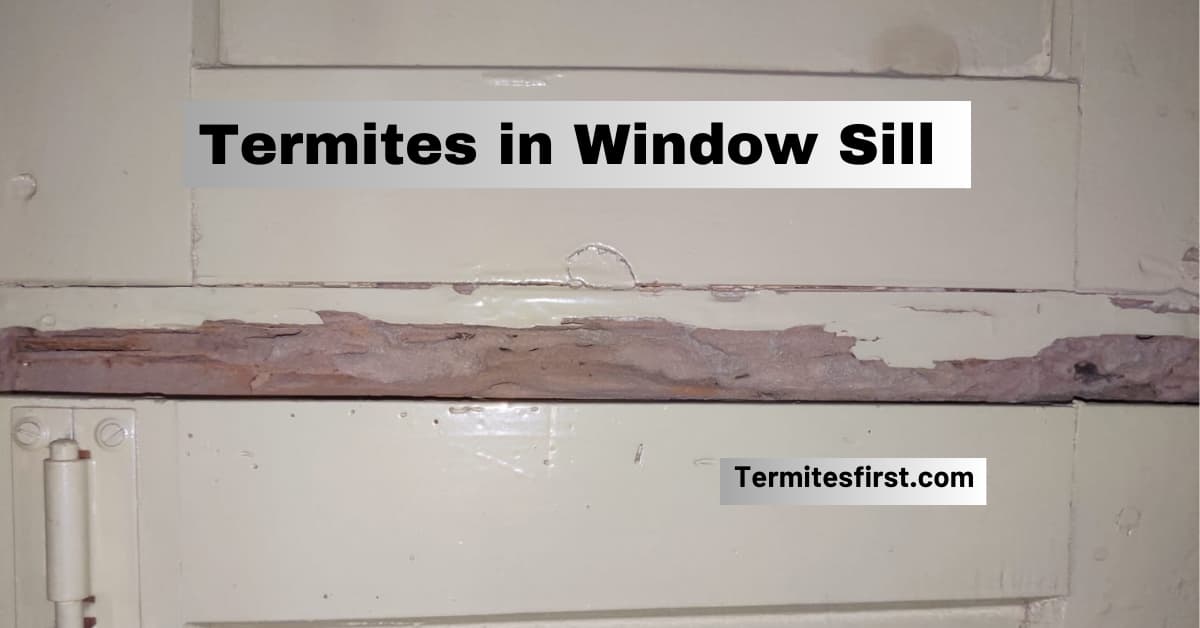

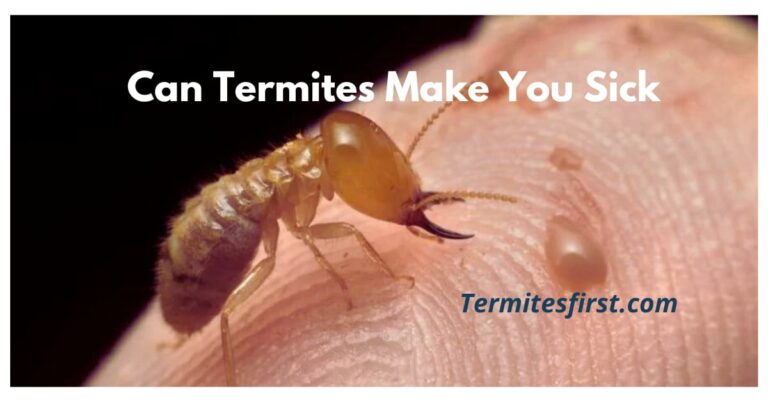
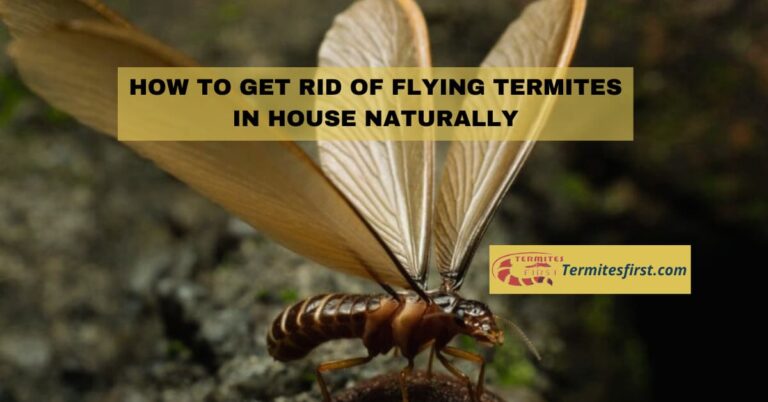
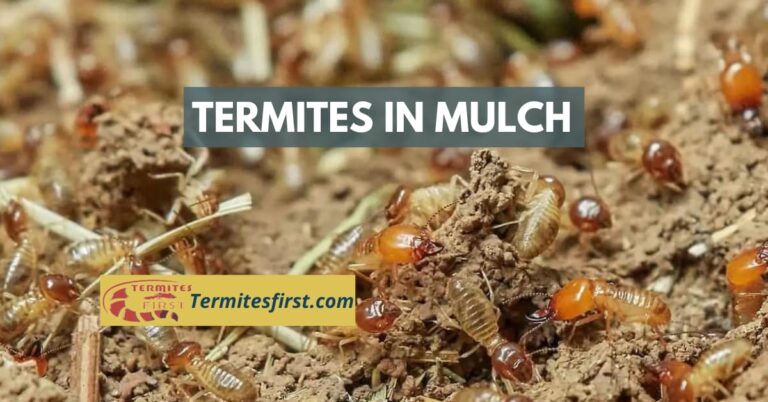
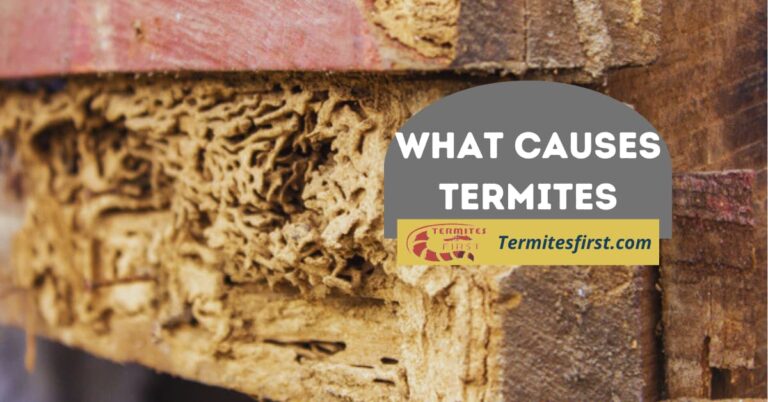
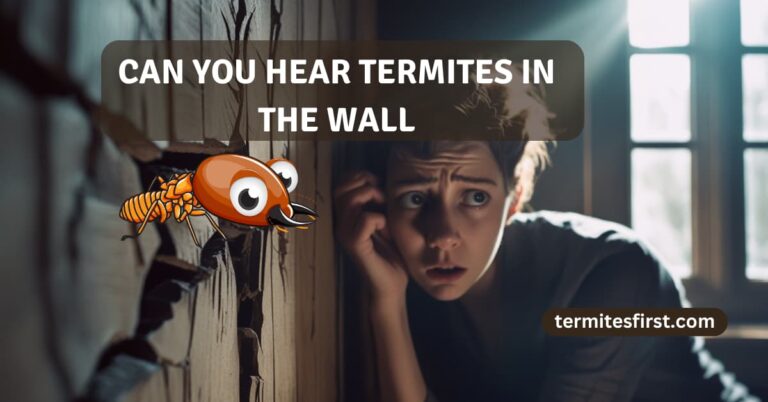
3 Comments